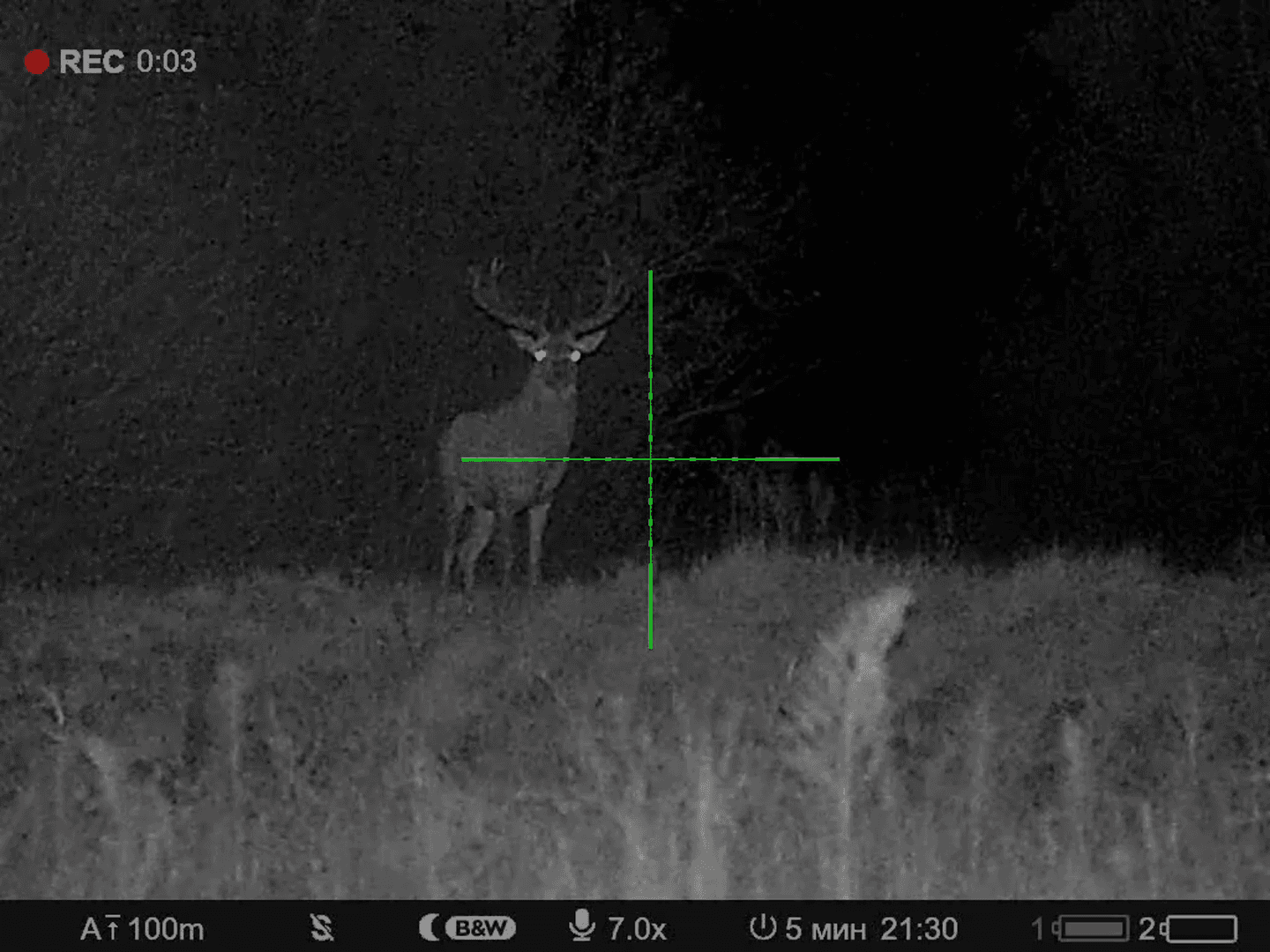pairing - All
Pulsar Digex C50 Night Vision Scope with Digex X940S IR Illuminator Review
I recently had the opportunity to try out the Pulsar Digex C50 night vision scope along with the Digex X940S IR illuminator, and I have to say, I am genuinely impressed with the performance of this setup.
From the first time I set it up, the Digex C50 felt solid and well-built. The image quality is outstanding, even in low-light conditions. The clarity and detail are remarkable for a digital night vision device. It's easy to distinguish between different objects and even pick up movement at considerable distances, which is essential for my nocturnal hunting needs.
The built-in features, such as video recording and streaming capability, are a big plus. Being able to capture my experiences and share them with friends or analyze for later is something I didn’t know I needed until I tried it. The Wi-Fi connectivity is user-friendly and provides a seamless interface with my smartphone.
Pairing the C50 with the Digex X940S IR illuminator was a game-changer. The IR illuminator significantly extends the range of visibility, allowing me to see in complete darkness without straining my eyes. The adjustable beam settings provide versatility for different environments, whether stalking game in thick woods or scanning open fields.
Battery life is another noteworthy aspect. I’ve used the device for several hours during my outings, and the battery held up well. It's comforting to know that I won't get left in the dark during crucial moments.
One minor drawback is the weight of the scope. It’s not the lightest option out there, which could become a concern during long periods of carrying. However, for what it delivers, I’m willing to accept the trade-off.
In summary, the Pulsar Digex C50 with the Digex X940S IR illuminator exceeded my expectations. It’s a robust and high-performing digital night vision system that enhances my nighttime adventures considerably. Highly recommended for anyone serious about night hunting or wildlife observation.
Tags: #Pulsar #DigexC50 #NightVision #IRIlluminator #HuntingGear #DigitalOptics #NightHunting #WildlifeObservation #OutdoorEquipment #TacticalGear
Salvador Dali and the rhinoceros. 1956
Photo by Philip Halsman
Dalí was interested in the rhinoceros; he considered the horn a perfect logarithmic spiral; the perfect form present in nature.In the painting, Dalí noticed a series of ‘cones’. that he identified as horns. As he says in his dairy “The Lacemakers is morphologically the horn of a rhinoceros” (Diary of a Genius). Finally he’d found the connection between the girl in Vermeer’s painting and the rhinoceros.
Rhinocéros en désintégration is a remarkable watercolour painted by Salvador Dalí in 1950 that invokes several of the key themes in the artist’s work of the immediate post-war era. Centring on the image of a rhinoceros suspended in space and in the process of disintegrating under the mystical spell of a divine, heavenly being, the work is an invocation of the new personal form of mysticism that Dalí was to outline one year later in his ‘Mystical Manifesto’ of 1951.
It had been around the time that Dalí painted Rhinocéros en désintégration in 1950 that Dalí had first been given a rhino horn by the poet Emmanuel Looten. Following this it was, in the early part of the decade at least, to become an obsessive icon in his work. In much Eastern mythology the rhino horn is widely believed to be a source of sexual potency. For Dalí too, the rhinoceros was an image of strength and virility that ultimately manifested itself in the phallic projection of its horn. Its complimentary symbol, however, was the Virgin whom Dalí regarded as being both the target and the receptacle of the rhino’s virility.
Embroiled also in these concerns, was Dalí’s obsession throughout the early 1950s with the rhinoceros. For Dalí the rhinoceros was a ‘cosmic’ animal that belonged in the heavens - even more than the elephants of his famous painting The Temptation of Saint Anthony. The rhino’s hide, Dalí asserted, had ‘plenty of divine granulations’, and its horns, he had been delighted to discover, were ‘the only ones in the animal kingdom constructed in accordance with a perfect logarithmic spiral’
One of his paintings, "A Paranoico-critical Study of the Lace Girl" Vermeer", is an interpretation of the famous painting by the Dutch artist. Dali painted part of the canvas in the Paris zoo, in the enclosure for rhinos. A copy of Lace Girl was hung nearby and a live rhinoceros was walking. Dali believed that the "Lace Maker" had incredible spiritual power. The artist saw in the outlines of the girl the favorite shape of rhinoceros horns, and the chastity of the heroine only reinforced this image. In one of his lectures, Salvador Dali said that if there had been a battle between a Lace-maker and a rhinoceros in the zoo that day, the Lace-maker would have won, since she herself is a huge rhinoceros horn, whereas a rhinoceros
The photo of Salvador Dali standing face to face with a rhinoceros was taken in 1952. Dali, in a coat and a hat resembling a rhinoceros horn, as if imitating his favorite animal.


